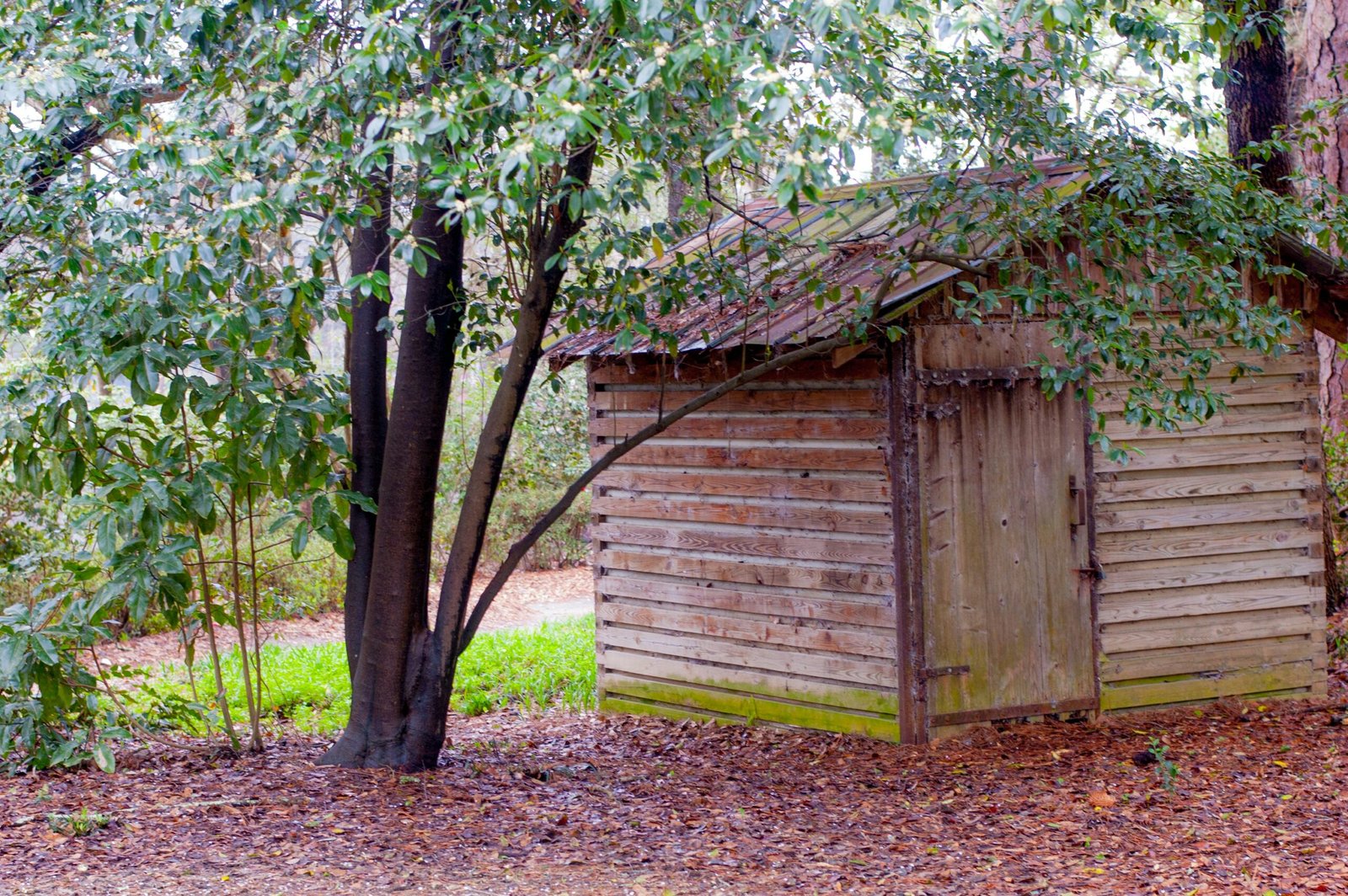Choosing the Right Shed Design
When embarking on a DIY shed project, selecting the appropriate design is a crucial first step. The type of shed you choose should reflect your storage needs, aesthetic preferences, and available space. There are several widely recognized shed designs that can suit various requirements, including lean-to, gable, and utility sheds.
A lean-to shed is an excellent choice if you have limited space or wish to attach the shed to an existing structure, such as a garage or fence. This design features a single-sloping roof and can efficiently maximize underutilized areas. In contrast, gable sheds, characterized by their peaked roofs, provide more headroom and additional storage capacity. This design is versatile and can blend seamlessly with various architectural styles.
Utility sheds serve practical functions and may prioritize storage over aesthetics. They are typically simpler in design and can be constructed quickly, making them popular among DIY enthusiasts seeking straightforward solutions. When selecting a shed design, factors such as the size of your yard, the type of materials you prefer, and compliance with local building codes must be considered. Ensuring that your design adheres to these regulations will save you time and resources.
To further facilitate your design process, numerous online resources offer detailed plans and guides for DIY sheds. These platforms provide templates ranging from simple sketches to comprehensive blueprints, catering to varying levels of experience. By leveraging these resources, you can make informed decisions and enhance the success of your DIY project. Taking the time to carefully assess your options will help ensure that your chosen shed design not only meets your storage needs but also complements your outdoor space effectively.
Gathering Materials and Tools
Building a DIY shed requires careful planning and the right selection of materials and tools. Begin by determining the specific design and dimensions of your shed, as this will directly influence the types and quantities of materials you will need. Common materials for constructing a shed include wood (such as pressure-treated lumber, plywood, or oriented strand board), nails, screws, and roofing materials like asphalt shingles or metal sheets.
Moreover, if your shed will feature insulation or electricity, additional items like insulation foam, circuit cables, and light fixtures will be necessary. Always prioritize quality over cost when selecting materials, as durable components will ensure that your shed withstands weather conditions over time. For eco-conscious builders, consider using repurposed wood or environmentally friendly materials that contribute to a sustainable building practice.
When it comes to sourcing materials affordably, local hardware stores, lumber yards, or home improvement centers typically offer a good range of options. However, for those looking to save even more, checking online marketplaces or recycling centers for second-hand materials can yield significant savings. Additionally, many builders recommend purchasing in bulk or taking advantage of seasonal sales to reduce costs.
In parallel with material preparation, ensuring that you have the right tools is crucial. A basic toolbox for a DIY project should include a measuring tape, circular saw, hammer, drill, level, and a utility knife. More specialized equipment may be needed based on your shed’s design, such as a miter saw for angled cuts or a nail gun for faster assembly. Safety gear, such as gloves, safety goggles, and a dust mask, should also be incorporated into your toolkit for a safer building experience. Taking the time to gather all necessary materials and tools will set the foundation for a successful DIY shed project.
Step-by-Step Construction Process
Building your own DIY shed can be a rewarding project, providing valuable outdoor storage. The construction process typically begins with laying a solid foundation. Choose a level area and decide on the appropriate type of foundation, whether it be concrete blocks, a gravel base, or a wooden platform. Ensure that the foundation is square by measuring diagonally across corners, providing a stable base for your shed.
Once the foundation is established, the framing process begins. Use pressure-treated wood for the floor framing to resist moisture. Construct the wall frames separately, starting with vertical studs spaced 16 inches apart. Make sure to include openings for doors and windows as per your design. It is advisable to assemble the wall frames on the ground and then lift them into position, securing with nails or screws for stability.
The next step is to install the roof framing. Depending on your design preference, you can opt for a gable, flat, or shed-style roof. Ensure proper alignment and consider adding supports for any overhanging eaves. After the framing is complete, cover it with plywood sheathing. This will provide a base for the roofing material, which could include shingles, metal panels, or other waterproof options.
As you progress, focus on the finishing touches. Cut doors and install them securely, adding any necessary hardware. For windows, choose materials that fit your aesthetic, maintaining structural integrity while allowing light in. Finally, paint or stain the exterior of your shed to protect it from the elements and enhance its visual appeal. Remember to follow safety protocols throughout the process, utilize personal protective equipment, and troubleshoot any issues as they arise. A well-built shed not only serves its purpose but can also become a long-lasting feature in your outdoor space.
Maintaining Your Shed for Longevity
Once you have successfully constructed your DIY shed, maintaining it becomes essential to ensure its longevity and functionality. Routine maintenance tasks should be incorporated into your schedule to prolong the lifespan of the structure. Regular inspections should focus on checking for any signs of wear or damage, particularly after severe weather conditions. It is vital to inspect the roof, siding, and foundation carefully, as these areas often bear the brunt of environmental stressors.
Seasonal checks are also important in protecting your shed from seasonal conditions. In spring and summer, examine the shed for cracks, warping, or any pest infestations. Pests such as termites and rodents can quickly damage wooden structures, so employing preventive measures like installing pest screens and using repellents is advisable. In the fall, clearing gutters of leaves and debris will prevent water buildup, which can cause leaks or rot. Winterizing the shed by sealing gaps and applying weather-resistant products can help combat the cold and dampness.
For ongoing maintenance, certain treatments may be beneficial. Applying a waterproof sealant can help enhance the protection of your shed against moisture and rot. Regularly painting or staining the wood not only improves aesthetic appeal but also adds an additional layer of weather resistance. Moreover, incorporating a regular cleaning schedule that involves sweeping out debris and checking the interior for mold or mildew will help maintain a safe storage environment.
Creating and adhering to a maintenance schedule is essential. Monthly inspections and seasonal deep cleans are recommended, with annual enhancements such as waterproofing applied every few years, ensuring your DIY shed remains a reliable storage space. By proactively caring for your shed, employing the right products, and adhering to a consistent maintenance routine, you can significantly extend its life and usefulness.



